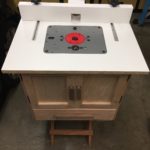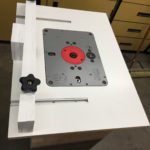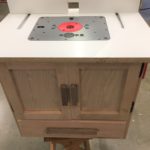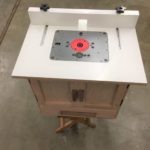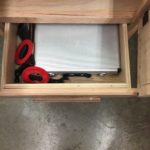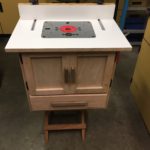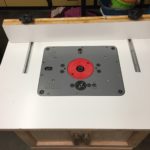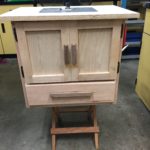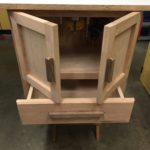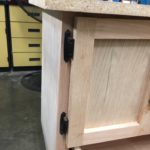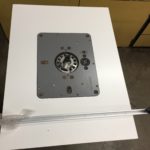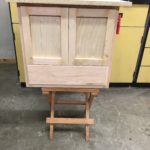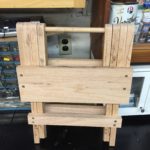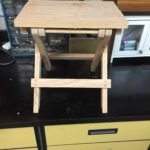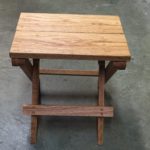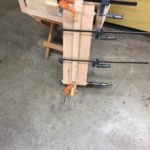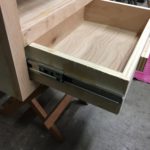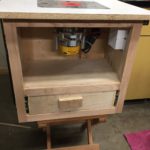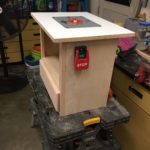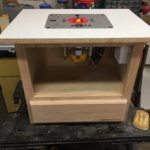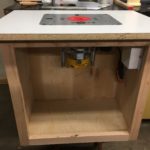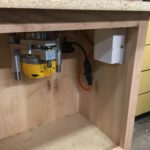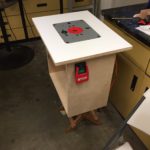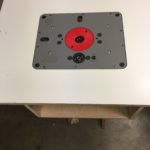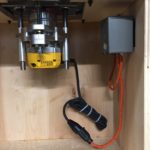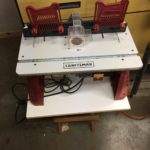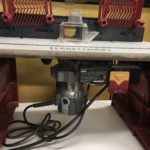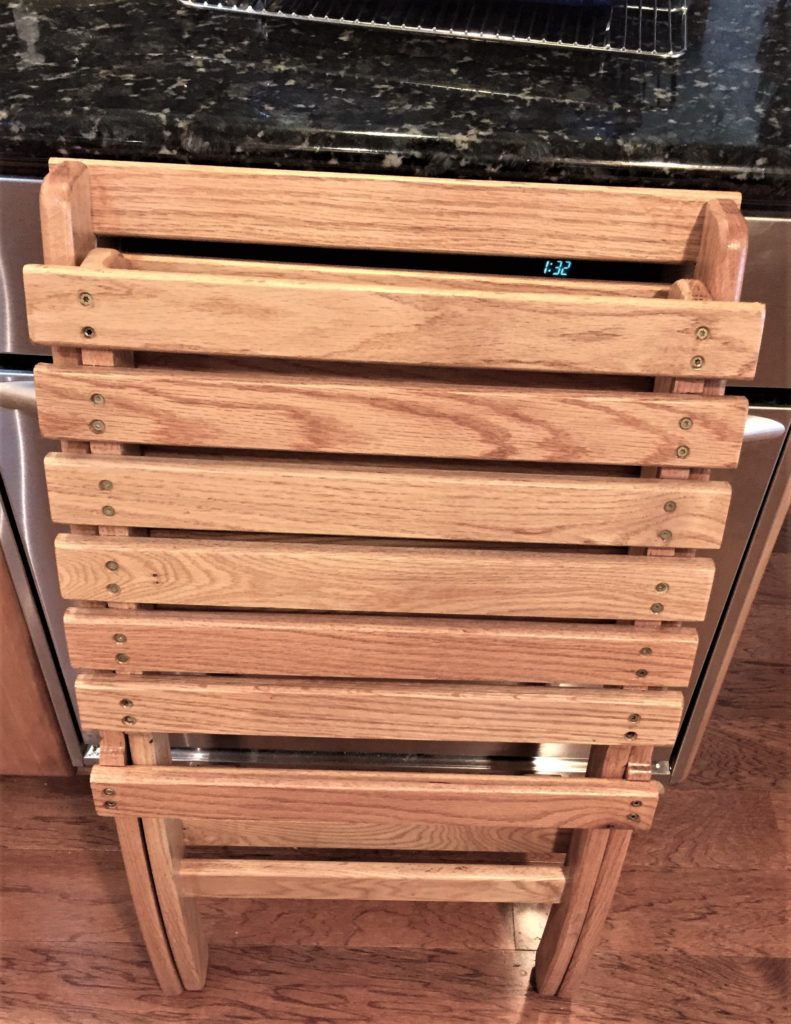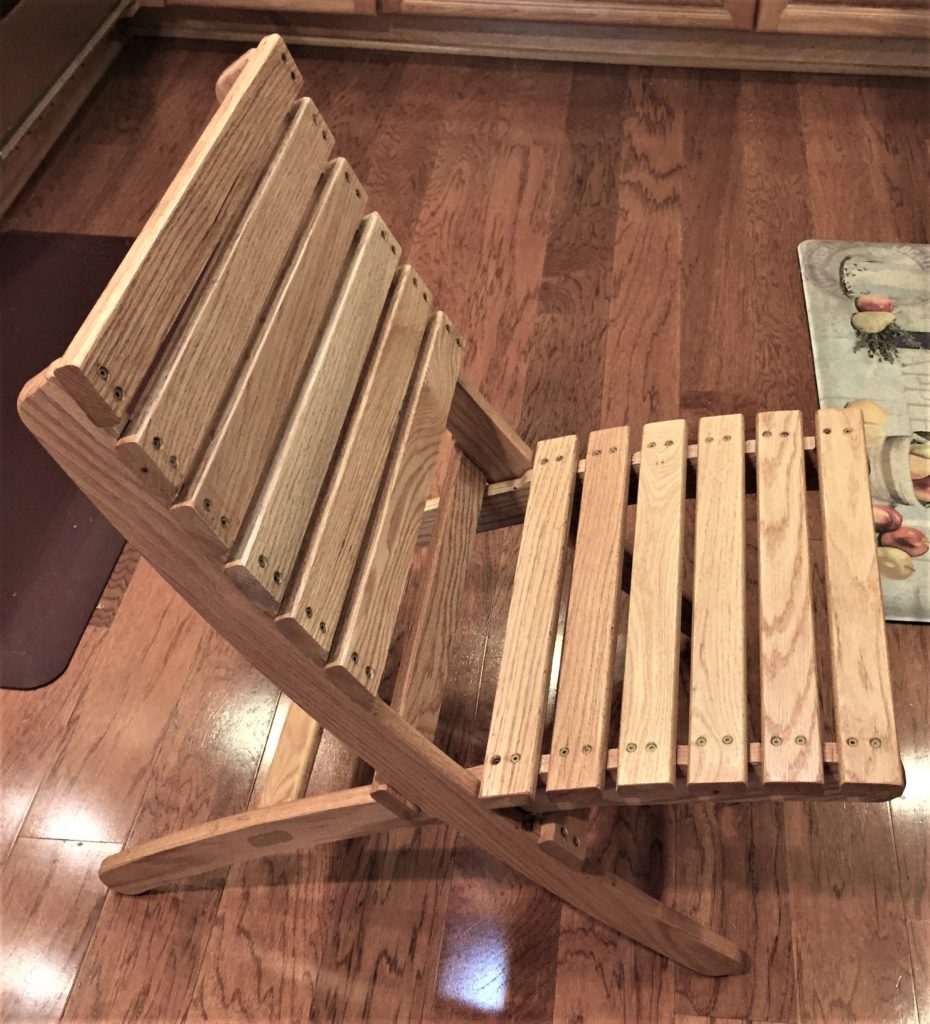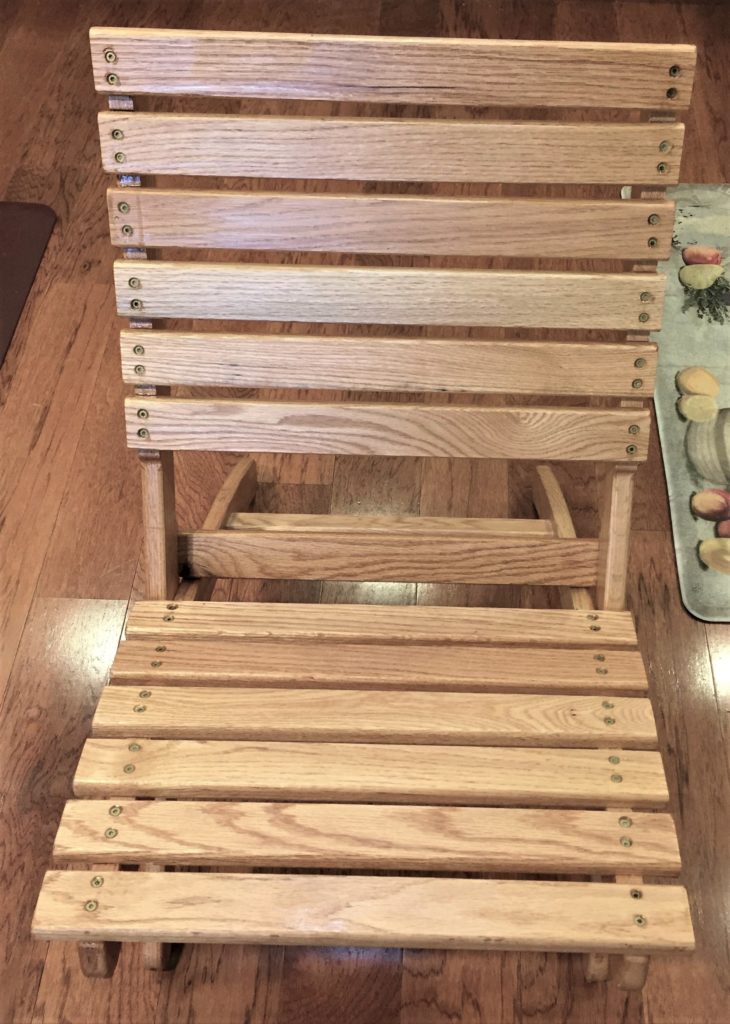Going West
I was born and raised in Cincinnati, Ohio and a couple years after high school I moved to Davis, California and began working at the newly opened National Primate Center on the campus of the University of California, Davis. I worked as an animal technician there for a couple years before I was drafted but eventually enlisted in the US Army.
I was drafted originally for two years, but if you enlisted you had to do three years but you were offered an incentive. That incentive was that you could choose your advanced training path that could carry over to civilian life. I wanted to get into electronics so I opted for that enlistment option. My active military career started on June 14, 1965 and ended exactly three years later.
Pacific Telephone & Pacific Bell
I began my career with Pacific Telephone and all the other spin-off companies on July 8, 1968 and ended on August 15th, 1991, a little over 23 years later. my first assignment was in Sacramento Main at Pacific Telephone in 1968 working in the High Frequency Multiplex and Microwave Radio department as a Tollie. As the title implies, we were mostly concerned with toll and long-distance services and had the opportunity to work with other telephone folks throughout the country. Back in the 60’s and early 70’s before satellites were as prevalent as they are today, Pacific Telephone provided many video services to the major networks and local TV stations. In Sacramento we had a television operating center (TVOC) and coaxial cable connections to all the local TV stations, the State Capitol Building, many theaters, arenas, and other select buildings around the city. One of the most exciting things we got to do was provide video feeds to the local theaters when pay per view events were held. I did many of Mohammed Ali’s fights that were fed to the Memorial Auditorium from a video backbone that was microwaved from the origination point. I watched a many other sports events while keeping an eye on the quality of the transmission, somebody had to do it.
Outside Technician
After ten years of working in the central office I decided to transfer outside to Special Services 4-Wire Voice. I took the mandatory pole climbing school training sessions and other related aptitude and physical tests and then was assigned to the 24th and S Streets office in Sacramento.
After working with another tech for a few months I was considered fully qualified to pretty much work on my own in all facets of the job. Boy were they wrong. I could handle the technical part OK but some of the protocol issues were a little weak. One of the accounts we had was the command post of the Strategic Air Command at Mather Air Force Base. The command post controlled the B-52 nuclear equipped bombers that were always on standby for immediate take-off if the call was given.
Some of the bombers were always idling and when the klaxon sounded flight crews would literally run out to the planes and take off, no questions asked. My crew had the responsibility of providing support to the command posts shout-down, ring-down, and other specialized circuits such as the dreaded, feared, and revered klaxon circuit. The horror stories passed down from tech to tech had everyone afraid to even go in the room where that particular circuit resided let alone work on it for actual outages or preventive maintenance. Without getting too technical there was a wire spring relay (the S relay) that was to be blocked in the non-operated position or a false alarm would cause the klaxon to go off and scramble the B-52s. This story is getting too long I will post more later.
Mather Air Force Base
More on the klaxon circuit. – Don’t know if it was urban legend or fact but the story was that every year or so Pacific Telephone Special Services 4-wire technicians would inadvertently set off the klaxon and start the process of the air force doing what their SOP’s called for, which was getting the bombers off the ground for a retaliatory strike against the enemy, the Soviet Union at the time. This was not looked upon favorably by the command post personnel, the flight crews that may have been sleeping, or the tax payers footing the bill from a false alarm. The story goes on to say that on occasion the technician would be escorted at gunpoint to a holding area to explain the situation when it was shown to be technician error. It is said that the trip to the holding area was not always a friendly hands-off stroll.
This leads up to my story. I was given a service order for a minor modification to improve the operation of the klaxon. As instructed I called the command post to arrange for a date and time to do the modification. One thing I had learned was to get a firm date and time, and to be sure they knew what my explicit reason was for the visit. The last but not least knowledge was indelibly ingrained in my mind, block the klaxon “S” relay in the non-operated position not the operated position like a few of my predecessors had done.
I must have been nervous that day. I arrived at the facility, provided ID and was escorted into an anteroom. This little room was about 4X4 feet and once inside doors locked you in both front and rear. True story here. The airman controlling the locks asked again for my ID, had me state my name, company, and other identifying questions. Then the 64 thousand dollar question was “Are you under duress?” I could have sworn he asked me if I was “under dressed” and I said “No, this is what I usually wear when I come out here, it’s been OK in the past”. He must have thought I was trying to be funny and told me that I wasn’t. He made it clear that his question related to my state of mind and being not my attire. I knew what duress meant, but I had never been asked that before and I really misunderstood the question. He made me cool my heels in the little prison for about 45 minutes before finally letting me through. I say cool my heels but with the bright lights and lack of ventilation in that little “room” was nowhere near cool. I hadn’t even gotten into the command room yet and I’m sweating like a pig.
The Pesky S Relay
I finally made my way into the command post and talked to the officer on duty that had no idea who I was nor what I was doing there. More calls were made and more waiting ensued but I was able to get the OK to do what I had come there to do. When everyone realized what my work order was for I had to sign a document in a folder that stated that I was qualified to work on the equipment and I knew about blocking the “S” relay in the non-operated position. The problem some techs got into was that the relay was already in the non-operated position and you merely had to insure I would stay that way by putting a relay blocking tool or more commonly a toothpick in the armature opening not visa-versa.
I should have had an assistant tech with me because the telephone equipment room was back out through the anteroom I mentioned above and I wound up making a number of trips back and forth between the command post main office and the communications room testing the changes incrementally as I preceded. The airmen in charge of the little prison and I made a truce and he was letting me in and out with no issues or challenges.
I finished my work in the telecom room and on my last trip into the command post I was buzzed through the “duress” capture room and as I entered the war room to make my last test I was greeted with a cross body block by an airmen that tried to put me in a hammer lock. I was hurt a little but shocked beyond belief. I heard “What the f**k are you doing in here”? Before I could say anything, another airmen came over and put his forearm under my chin on my throat. I saw and heard a third airmen with a big red book at the console reading codes into a headset from a page that looked to be laminated or in a plastic sleeve. I told them I had been there a good part of the day in and out and I was getting packed up to leave as soon as I made my final check on the klaxon.
The airmen that had questioned me earlier was now in the room too. He explained that he had summarily buzzed me in and that I was working on the telephone gear. They apologized but wouldn’t let me in the room because they said a high level secret training exercise was going on and that book was only to be eyed by a very select group of people. I wanted to test the klaxon through simulation but they said the exercise could go on for awhile and I should leave and would restrict the aircrews to their quarters until the next day when I could get back out to verify everything was OK.
I left that early evening and returned the next day, made my tests which were AOK and hoped that I didn’t have to set foot out there again, but I didn’t get my wish. I was now the klaxon expert!
Junkyard Dogs
Anyway, 4-wire was a challenge in those days. In Sacramento we were known as the ‘junkyard dogs’ since a lot of our work was at the automobile wrecking yards keeping their shoutdown circuits up and running. I became familiar with their terminology, especially the term telephone front end, meaning a totally messed up front of a car. The rats would eat the 25 and 50 pair cables running from the equipment with urine and feces al over the place.
We installed a lot of 829 4-wire data interfaces and worked at the FAA at Sacto International Airport up in the control tower. We also did a lot of telemetering circuits for the Water Resources and Dam Projects (Folsom and Nimbus). Adding tie-lines to PBX’s was another of the many things that kept us busy.
One day I get bit in the ass by a real junkyard dog as I was scouting around trying to find the 1.1 terminal which was hidden behind some crap at one auto recycling joint. I never saw him until it was too late.
At another place I fell through the sheet rock ceiling mounting an 829 data interface while stepping back to make sure it was mounted perpendicular on a wall in the overhead. Before I knew what happened I was up to my crotch in drywall. Ouch!

